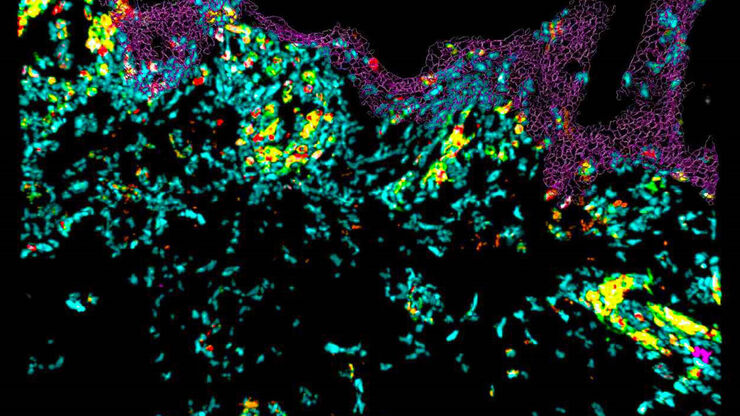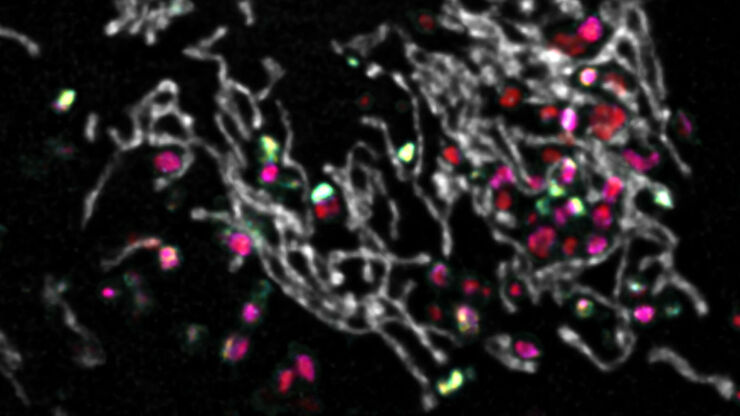Loading...
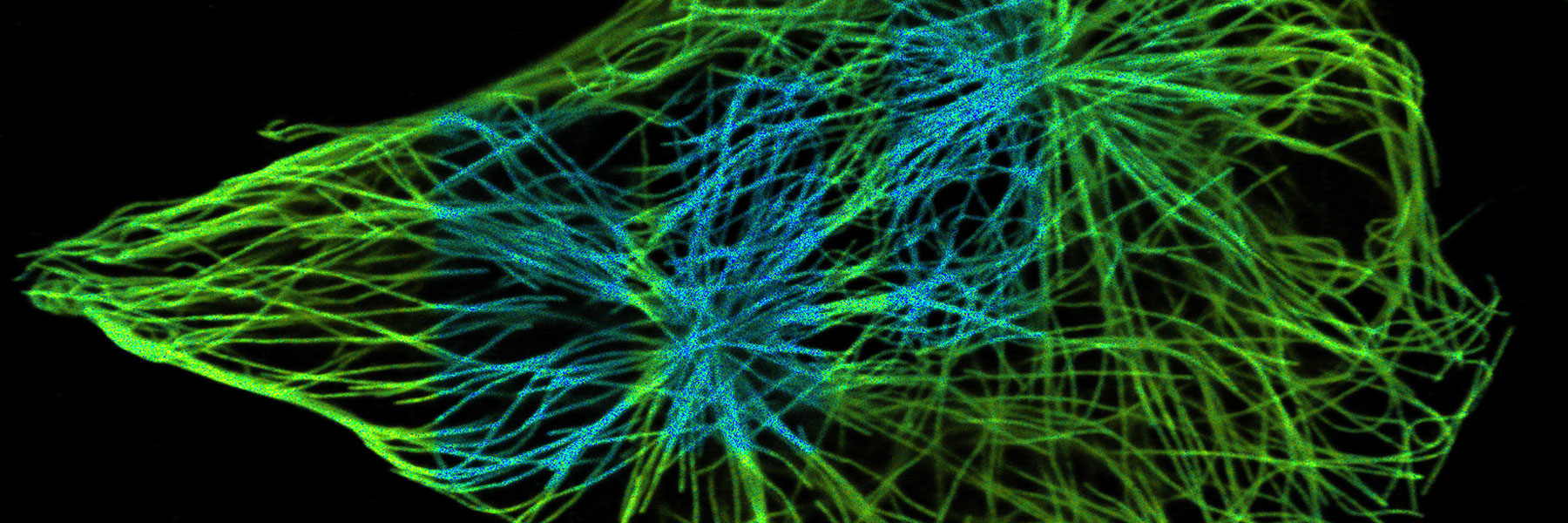
Visualizing Protein-Protein Interactions by Non-Fitting and Easy FRET-FLIM Approaches
The Webinar with Dr. Sergi Padilla-Parra is about visualizing protein-protein interaction. He gives insight into non-fitting and easy FRET-FLIM approaches.
Loading...
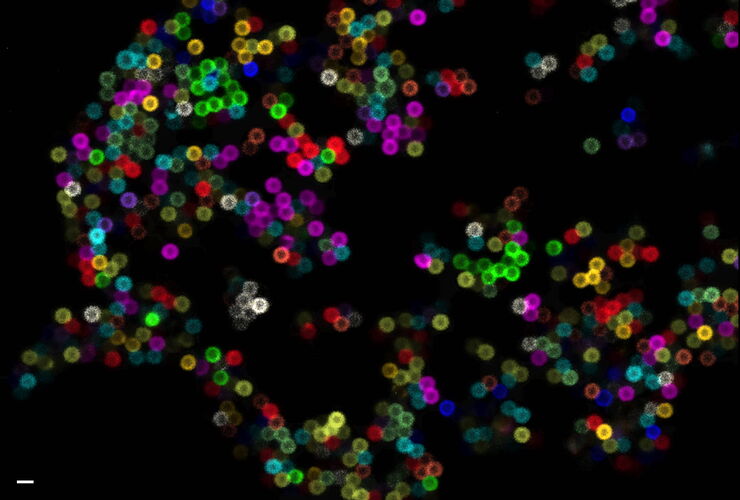
Multiplexing through Spectral Separation of 11 Colors
Fluorescence microscopy is a fundamental tool for life science research that has evolved and matured together with the development of multicolor labeling strategies in cells tissues and model…
Loading...
![[Translate to chinese:] [Translate to chinese:]](/fileadmin/img_uploads/Tauinteraction.jpg)
TauInteraction——TauSense新成员,研究分子间相互作用
荧光显微镜是生命科学的重要研究工具之一,用于观察细胞结构和功能。荧光显微镜的一个关键优势在于能够识别多个目标,并能够观察他们之间的相互作用。
Loading...
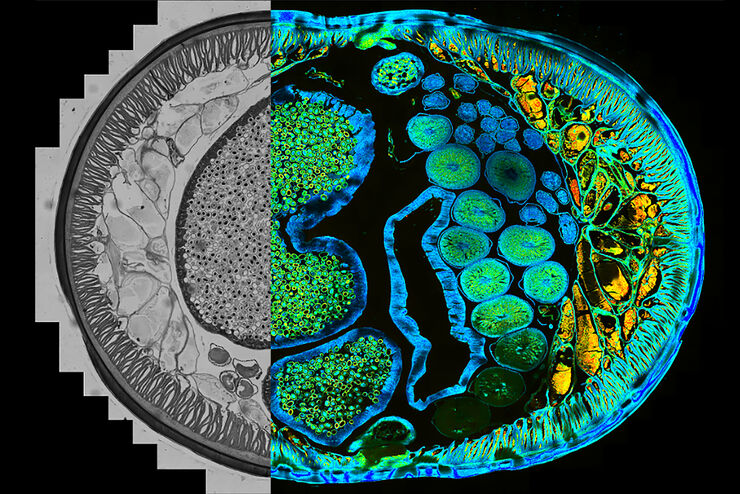
Find Relevant Specimen Details from Overviews
Switch from searching image by image to seeing the full overview of samples quickly and identifying the important specimen details instantly with confocal microscopy. Use that knowledge to set up…
Loading...
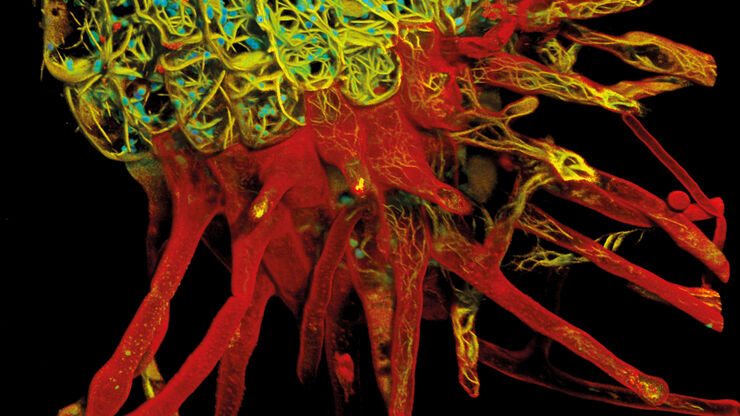
Benefits of TauContrast to Image Complex Samples
In this interview, Dr. Timo Zimmermann talks about his experience with the application of TauSense tools and their potential for the investigation of demanding samples such as thick samples or…
Loading...

使用 LIGHTNING 可从样本中获得丰富的信息
LIGHTNING 是一个自适应的信息提取过程,可以完全自动化地呈现原本不可见的微小结构和细节。 与为整个图像使用全局参数集的传统技术不同,LIGHTNING 为每一个像素计算一个适当的参数集,尽力还原细节。
Loading...
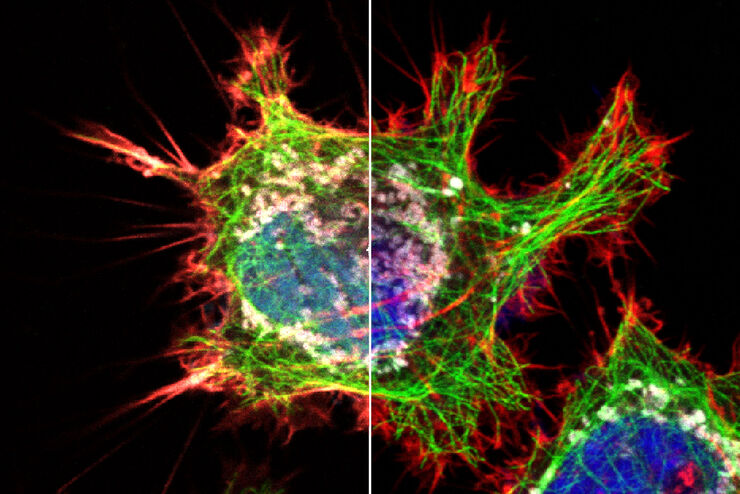
Explore Innovative Techniques to Separate Fluorophores with Overlapping Spectra
In this article we explore several strategies you can take to improve the separation of fluorophores and increase the number of fluorescent probes you can distinguish in your sample.

